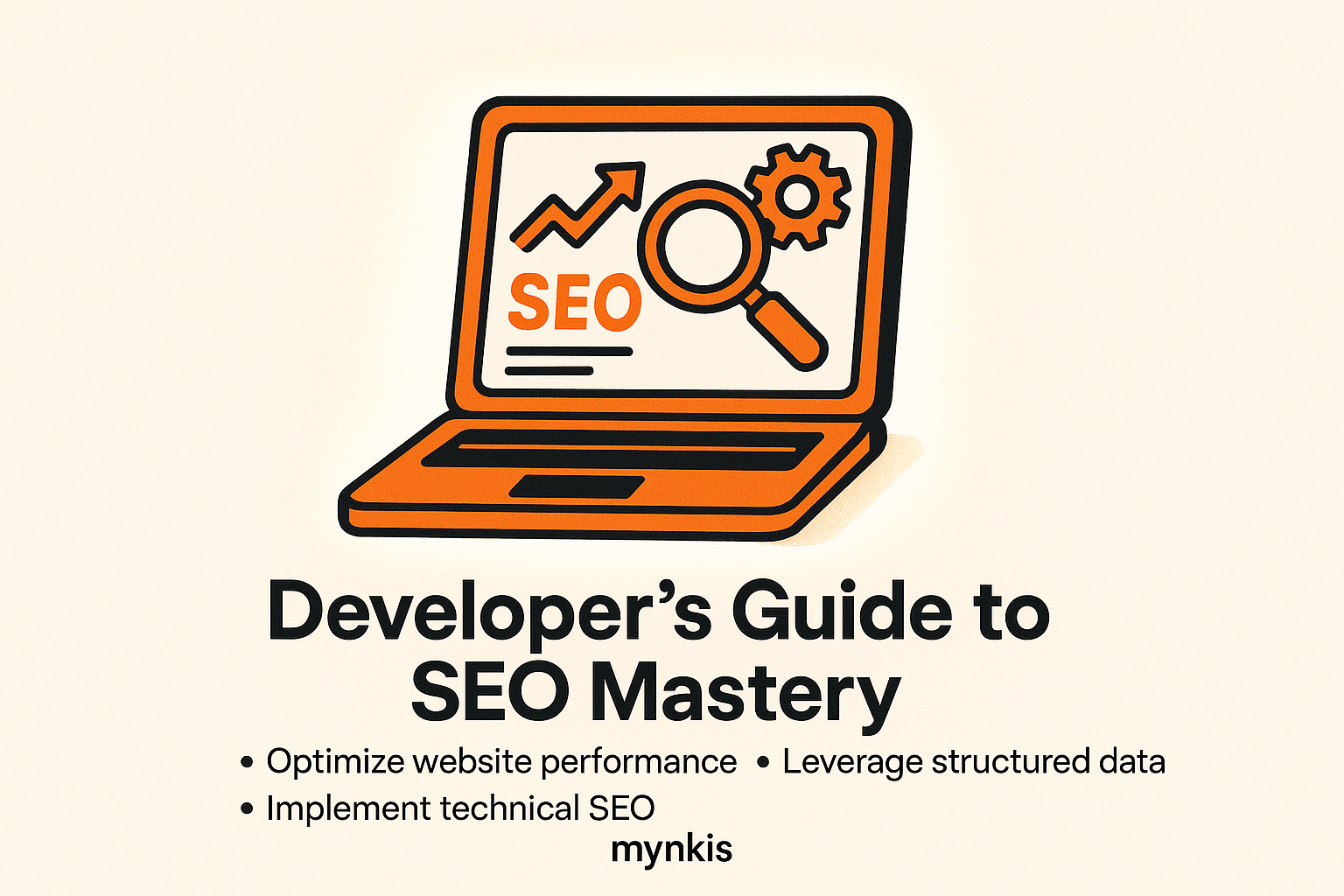Schedule a Demo
Search Engine Optimization (SEO) isn't just an afterthought; it's a foundational aspect of web development that can significantly impact a site's visibility and performance. I've worked with numerous teams where the initial neglect of SEO led to underwhelming traffic despite having a visually stunning website. Embracing SEO from the ground up helps ensure your site isn't just pretty but also effectively reaches and engages your target audience.
Keyword research is your starting point. You need to know what potential clients are searching for when they need services like yours. Tools like Google's Keyword Planner or SEMrush can give you invaluable insights. Remember, choosing the right keywords isn’t just about volume; it's about relevance and intent. If I were starting a project for a chiropractic practice, I'd focus on terms like “chiropractor near me” or “best chiropractic services” to capture local and service-specific searches.
Every page on your site needs a unique and descriptive title. Don't just copy and paste; tailor it for SEO. For instance, if I were optimizing a page for a dentistry practice, I might use: “Expert Orthodontic Services at Smile Crafters - Book Today”. Similarly, meta descriptions should be compelling yet concise, designed to get users to click through to your page from search results. They offer a prime opportunity to tell searchers what they'll find on your page, so don't waste it with generic text.
Your URL should be as easy to read as your content. A clean, descriptive URL structure not only helps search engines understand your content but also aids in click-through rates. Consider URLs like “/services/chiropractic-treatments” over random strings of characters. In my experience, concise URLs correlate with better user engagement and improved SEO performance.
Your on-page content must be a treasure trove of information, yet easy to digest. I've often advised teams to pepper their content with well-researched keywords in a way that feels natural. But it's not just about stuffing keywords. Quality content needs to answer user queries, be informative, and easy to skim. Use headings (H1, H2, etc.) to break up text and highlight key points, much like how physicians explain complex diagnoses to patients—clear, concise, and authoritative.
Over half of global web traffic comes from mobile devices, so if your site isn't mobile-friendly, you're cutting yourself off from a major chunk of potential clients. I make it a point to check any project's mobile responsiveness from the earliest stages. Google's Mobile-Friendly Test can quickly assess if your site passes muster. Moreover, maintaining a responsive design can positively influence your SEO scores as Google gives preference to mobile-optimized sites.
Page load speed can make or break your site's performance, both for user experience and SEO. A site that takes too long to load loses visitors and can also lose search engine favor. Tools like Google's PageSpeed Insights or GTmetrix can diagnose speed issues. From reducing server response times to optimizing images, there are many levers to pull. Based on available research, even a one-second delay in page load time can result in a 7% reduction in conversions.
Technical SEO is all about making your site engine-friendly. This includes sitemaps, robots.txt files, and setting up proper redirects. I've seen sites with amazing content that underperform because they ignore these aspects. Ensure your sitemap is submitted and updated in Google Search Console, and that your robots.txt file isn't inadvertently blocking crawlers from essential parts of your site.
Backlinks from reputable sources enhance your site's credibility and SEO ranking. But, it’s not just about quantity; quality matters far more. I've guided clients toward content marketing strategies where they produce genuinely helpful articles or research papers, earning natural backlinks from industry leaders. Alternatively, guest posting on respected industry blogs can also be an effective method—always ensure the sites you guest on are reputable.
For practices targeting a local audience, local SEO can’t be overlooked. Optimizing for Google My Business and incorporating local keywords significantly boosts visibility in local search results. If you’re a dermatologist in San Francisco, using terms like “San Francisco dermatology” or “skin specialist Bay Area” can be transformative. I ensure that every local practice site I work on not only has up-to-date listings but also gets involved in local community efforts for authentic engagement.
SEO isn’t set-and-forget. You need to monitor your site’s performance and adjust strategies as needed. Tools like Google Analytics can show you how users interact with your site, what content performs well, and where visitors drop off. I encourage teams to review these analytics regularly and pivot their SEO efforts accordingly. Consistent monitoring allows you to optimize continuously, keeping your practice ahead in the ever-evolving world of search engines.
User experience indirectly affects SEO because search engines aim to reward sites that keep users engaged. Factors such as site navigation, click-through rates, and bounce rates all play a role in how search engines perceive your site’s value. In my role, I emphasize designing for ease of use and ensuring that visitors can quickly find and access the information or services they need. Sites that prioritize UX tend to rank better and retain users longer.
Search engines frequently update their algorithms, and staying informed about these changes can give you an edge. Keeping up with Google’s Webmaster Central Blog or SEO news sites like Search Engine Land can help you adapt your strategies. When the BERT update rolled out, I guided my teams to revise our content strategies to better understand searcher intent, which markedly improved our clients' organic traffic.
Regular SEO audits can uncover issues that you might not notice day-to-day. These audits can help identify broken links, slow pages, or even obsolete content that might be dragging your SEO down. Conducting an audit annually, or more often if you’re making significant changes, ensures that your site remains competitive. When a rheumatology practice I was working with conducted their audit, we found several pages with outdated information, and fixing these led to a significant bounce-back in their search rankings.
